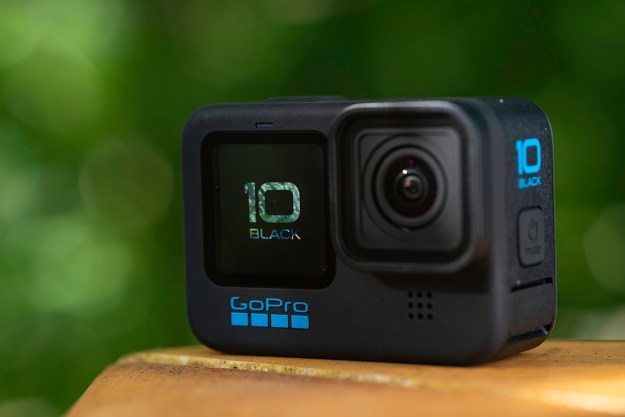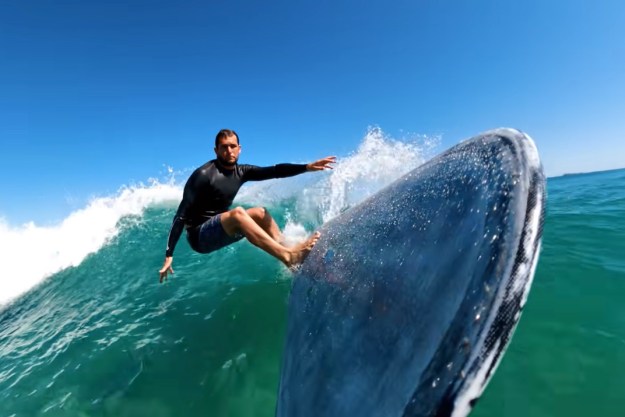The video follows Beverly and Dereck Joubert, wildlife filmmakers turned conservationists who founded Rhinos Without Borders after witnessing the horrendous impact of illegal poaching. The current goal of the organization is to relocate rhinos from areas in South Africa where poaching is rampant to areas in Botswana where is not as prevalent.
One of the more sobering statistics presented in the film is that a rhino is poached, on average, every 7.5 hours. And the reason why they are killed is nothing more than a false belief in the mystical powers of rhino horn.
“You know, we wouldn’t be doing any of this if it wasn’t for this ridiculous myth that rhino horn actually has some medical value,” Dereck Joubert says in the film. Primarily throughout parts of Asia, consuming rhino horn is believed to remedy a myriad of health issues.
While its medical value is a myth, the monetary value of rhino horn has skyrocketed in recent years, growing from $32 per kilogram in 2001 to more than $100,000 per kilogram today. That puts it at a value well above that of gold, platinum, and even illegal drugs such as cocaine.
At the same time, the number of rhinos has dwindled, decreasing from around 1 million individuals 100 years ago to just 20,000 white rhinos and 12,000 black rhinos alive today.
At one particularly poignant moment in the film, the camera operator asks the Jouberts if they’ve heard the news: the northern white rhino at the San Diego Zoo had just died, meaning only three members of that subspecies now remained in the world.
The film is the latest in a growing number of GoPro-produced documentaries focusing on social issues, and showcases a different side of the company most known for its involvement in the world of action sports. Shot entirely on GoPro cameras, it remains visually stunning throughout its relatively long runtime thanks to a combination of point-of-view body cameras, aerial shots, and remote cameras that take the viewer up close and personal with the rhinos. There are many edge-of-your-seat moments not often found in this type of film.
The Last of the Rhinos also serves as a call to action. GoPro has set up a dedicated webpage for the project, where visitors can see clips from the film and donate to support conservation efforts.
Editors' Recommendations
- The 15 best GoPro accessories in 2024
- GoPro Hero 11 Black leak suggests a moderate upgrade
- GoPro takes to the skies with the Hero10 Black Bones
- GoPro keeps recording as parrot steals it from tourists and flies off
- GoPro Hero 10 Black: 7 things I love and 2 that I don’t




